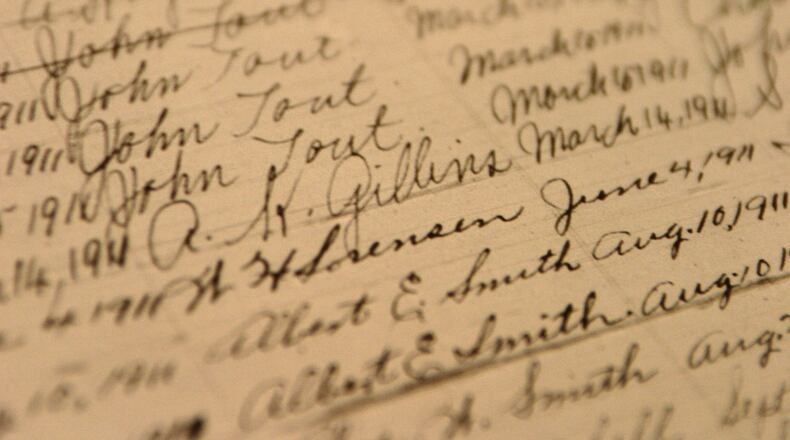When you’re researching your family tree, it’s common to hit a brick wall at some point. You’ve found out as much as you can about one branch, and now you’re stumped.
To try to get beyond this point, you could apply the the FAN Principle, originated and named by Elizabeth Shown Mills, major genealogy author and lecturer. FAN stands for family, associates and neighbors. Use the census to analyze everyone within 20 households of an ancestor. Not only will this analysis provide you a lot of information about the people your ancestors lived around and dealt with, but also could lead you to the clues you need to unlock the next generation.
Who were the bondsman or witnesses on marriage records, deeds and wills? Mills firmly believes in keeping a running list of all these folks in alphabetical order to keep them organized. Then when you identify one, he may pop up again. If church records exist, study those. Tax lists are great sources if they are not alphabetized. Who were the neighbors who bordered your ancestor’s land? Some ties between neighbors might be determined by published family histories or online queries such as on RootsWeb.
Naturally, you are going to look at the appropriate full legal documents, especially if there are books that index them, such as wills, loose estate papers, deeds, court minutes and marriage records. The list seems unending, hence the need to keep a tight hold on the names and how they fit into the picture. Keeping your own goal in mind is very important. In my research centered around Charlotte, N.C., I was surprised to find my ancestor, William P. Christenbury (1797-1868), as a member in 1838 of Ramah Presbyterian Church, via a published church history, and that he had two children baptized there in 1840. Using the church history publication in conjunction with the analysis of his neighbors in the 1850 census, I found he was living amongst many members of Ramah. This is helping, but not solving, the question of the maiden name of his first wife, Fanny, my ancestor. Unfortunately, the surviving church records start with the 1838 membership list, so the mystery continues.
CentiMorgans and relationships
In DNA testing, the centiMorgan (cM) is a term created by scientists that helps us determine how closely related we might be to a DNA match. The cM number often suggests several relationship options. One tool several friends use is found at DNApainter.com, a free site. Check out the site and the shared centiMorgan tool.
Your best childhood friend?
The questions “Who was your best childhood friend? How did you meet? Do you still know this person?” are posed in December’s Family Tree Magazine. It’s good information to record in your memoirs.
About the Author
Keep Reading
The Latest
Featured


